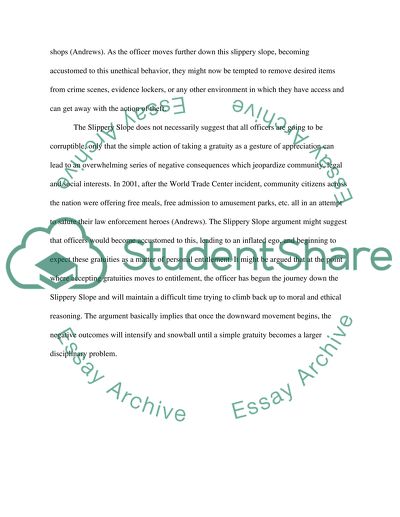Cite this document
(The Slippery Slope, Police Character and Ethics Coursework, n.d.)
The Slippery Slope, Police Character and Ethics Coursework. Retrieved from https://studentshare.org/politics/1549427-police-character-and-ethics
The Slippery Slope, Police Character and Ethics Coursework. Retrieved from https://studentshare.org/politics/1549427-police-character-and-ethics
(The Slippery Slope, Police Character and Ethics Coursework)
The Slippery Slope, Police Character and Ethics Coursework. https://studentshare.org/politics/1549427-police-character-and-ethics.
The Slippery Slope, Police Character and Ethics Coursework. https://studentshare.org/politics/1549427-police-character-and-ethics.
“The Slippery Slope, Police Character and Ethics Coursework”. https://studentshare.org/politics/1549427-police-character-and-ethics.


